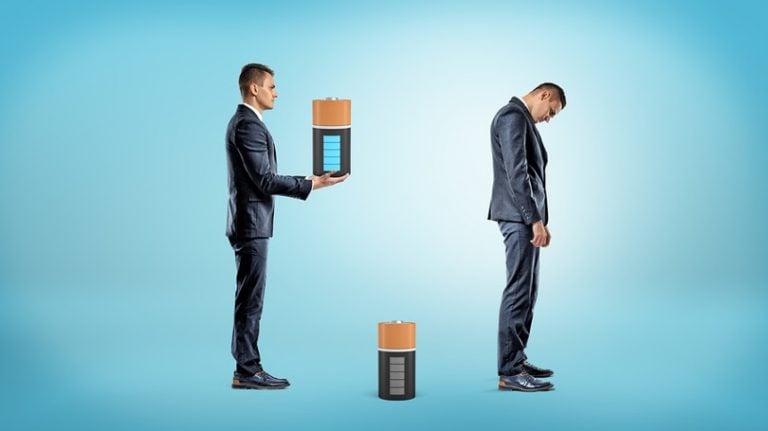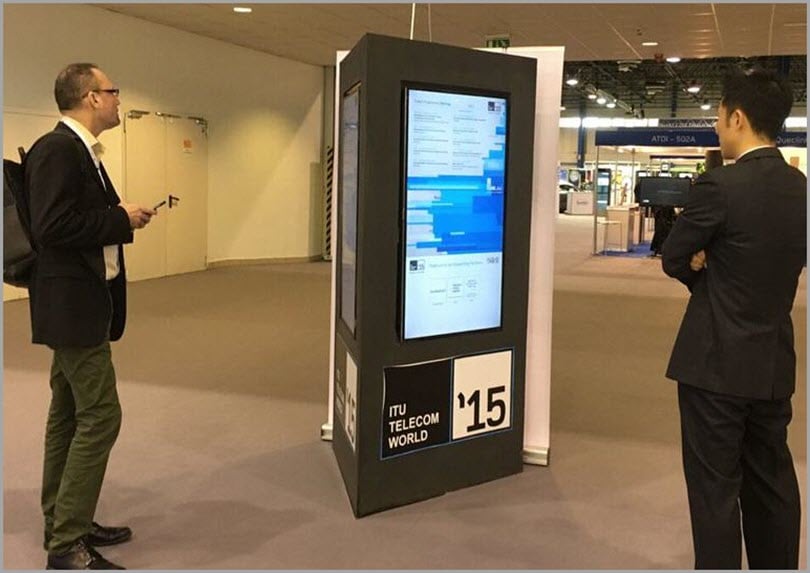
There are no two ways about it; modern business events have been transformed and arguably revolutionized by digital technology.
In addition to helping businesses and organizations host events designed to meet specific requirements, the prevalence of mobile internet and smartphones facilitates the collection of valuable real-time data that can be used to inform everything from future events to key business decisions. From smooth event check-ins to enhanced networking and seamless content sharing opportunities, the benefits of event technology are visible at every level.
Although you might assume that technology impedes face-to-face communications, it actually creates new opportunities to connect with others and enhances those connections when they are formed.
With the pressure to create impressive events increasing, I want to examine five event technologies that are making waves in the event management and event marketing industry.
#1. Social media
Valuable channels for businesses and event marketing professionals alike, social media platforms have reshaped the way brands, organizers, clients, and delegates interact at every stage of an event cycle. As a promotional tactic, social media can be used in different ways and for different purposes before, during and after your event.
The creation of a memorable and well-publicised Twitter hashtag will ensure that the conversation isn’t limited to one platform and people can very easily follow and contribute whenever and however they want. Like all event marketing tactics, getting social media right, means understanding your audience
#2. Wearable tech
Technologies including Near Field Communication (NFC), Bluetooth, Wi-Fi, and GPS can be used to understand exactly how attendees experience and interact with events by collecting and measuring key data metrics.

Data gathered by wearable tech is helping event marketers to introduce new levels of personalization and ensure that each attendee receives the information they want and need during the event. After all, this is crucial because you need to know precisely how to successfully capitalize on each interaction with every event attendee.
#3. Mobile event apps
Event apps usage is on the rise, with the top 10% of companies reporting that at least 90% of their attendees used their app during events, according to a benchmark analysis by the Event Marketing Institute and CrowdCompass.
#4. Digital signage
Digital signage technology has seen enormous developments in recent years, partly thanks to the uptake in social media integration and mobile apps used at events. This technology doesn’t detract from the value of connecting face-to-face. In fact, it revitalizes business events, boosts the memorability factor, and demonstrates that innovation is both exciting and something to strive for.

Different channels, platforms, and digital devices are more compatible than ever before, generating new possibilities to utilize technology to create increasingly personalized event experiences which actively encourage meaningful communication and greater social interactions. One way to utilize the interactivity of digital signage is to integrate a social media wall displaying Facebook posts and Tweets in real-time.
#5. Virtual and augmented reality
Despite the tech struggling to find its place in the marketing ecosphere, virtual and augmented reality has certainly started to find its footing within the events space.
Augmented reality shines when it is used to enrich exhibitions, offer alternative views of real-world environments, and within gamification designed to encourage direct engagement with a service or product.
Guest author: Denise Sharpe is Managing Director and founding partner of Outsourced Events, a London based event management company. With over twenty years in the event industry, she has helped run events for global corporates such as Dell, Citrix and renowned UK organisations like the Royal College of Occupational Therapists. You can get in touch with Outsourced Events on Twitter, LinkedIn and Facebook or check out more of Denise’s insights on their event blog.
The post 5 Event Technologies That Will Supercharge Your Next Promotional Event appeared first on Jeffbullas’s Blog.
Read Full Article: http://bathseoexpert.tumblr.com/post/177942087306
No comments:
Post a Comment